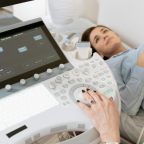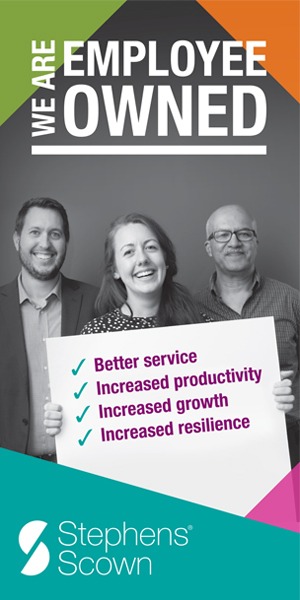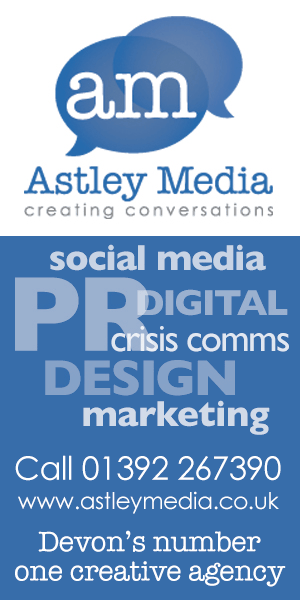
Supporting Recovery with Purpose and Innovation
In the evolving landscape of healthcare, the journey to recovery is no longer seen as a one-size-fits-all approach. Today, the emphasis is on personalised care that prioritises both the emotional and physical well-being of patients. At the heart of this shift is a growing focus on recovery with purpose and innovation, two powerful drivers that are transforming how people heal, thrive and reclaim their lives after illness or injury.
Moving Beyond Traditional Recovery Models
Traditional recovery models often relied on routine protocols and standardised treatment plans. While these may provide structure, they don’t always address the complexities of individual healing. Recovery with purpose aims to fill that gap. It focuses on helping individuals regain a sense of control, meaning and motivation throughout their healing process.
Purposeful recovery encourages patients to set personal goals, stay engaged in their interests and rebuild confidence. Whether it’s regaining independence after surgery or adapting to life after a stroke, having a sense of direction can significantly influence recovery outcomes.
Innovation at the Core of Modern Care
Innovation is redefining the tools and environments that support healing. From adaptive technology and intelligent equipment to data-driven therapies and advanced mobility solutions, healthcare providers are integrating fresh approaches into care plans.
This innovation isn’t just about introducing new gadgets; it’s about enhancing the patient experience, streamlining care delivery and enabling better communication between patients, families and professionals. Smart beds that monitor pressure points, apps that guide physical therapy at home and personalised rehabilitation plans are all examples of how innovation supports a smoother, more effective recovery.
The Role of Environment in Healing
One of the most overlooked aspects of recovery is the healing environment itself. Physical surroundings can play a major role in recovery speed and patient morale. Thoughtfully designed spaces with natural light, calming colours and accessible layouts can reduce stress and support mobility.
More importantly, innovation in furniture and medical equipment, like pressure-relieving mattresses, ergonomic seating and adaptive bathing systems, ensures comfort and safety. This level of support can dramatically reduce complications and improve overall outcomes.
A good example of a healthcare provider that combines both purpose and innovation is Repose Healthcare, known for delivering tailored furniture and equipment solutions that meet the evolving needs of care environments. Their approach emphasises dignity, comfort and technical excellence, core values that contribute directly to meaningful recovery.
Empowering Staff and Supporting Families
Supporting recovery doesn’t stop with the patient; it extends to caregivers and families. Recovery with purpose includes empowering staff through training and the use of intuitive equipment that reduces physical strain and increases efficiency. When staff feel confident and supported, they can offer better, more compassionate care.
For families, being involved in a loved one’s recovery is often an emotional experience. Innovative support systems such as communication platforms, care planning apps and education resources help families stay informed and actively engaged. The result is a collaborative recovery journey that strengthens trust and reassurance.
A Holistic Approach to Long-Term Success
Recovery with purpose and innovation is not just about immediate results, but about laying the foundation for long-term success. Physical recovery, mental health and social reintegration are all interconnected. By adopting a holistic approach, healthcare providers can address each of these areas, ensuring that patients not only recover but also thrive in the years ahead.
The future of recovery lies in this balanced blend of human-centred care and forward-thinking innovation. It’s a model that values the individual, embraces technology and never loses sight of the ultimate goal: helping people heal with dignity, hope and renewed purpose.













